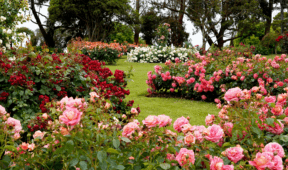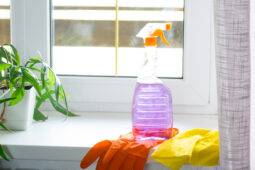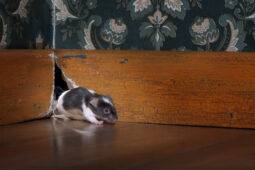9 Creative Ways to Repurpose Items You’d Normally Throw Out
In a world that’s increasingly focused on sustainability, finding ways to reuse items you typically throw away is a small yet impactful step toward reducing waste. Not only does reusing save money, but it also helps the environment by keeping materials out of landfills. With a bit of creativity, you can transform everyday items into useful or decorative pieces. Here are 9 practical ways to reuse things you normally toss.
1. Turn Glass Jars into Storage Containers
Glass jars from pasta sauces, pickles, or jams can be cleaned and reused as storage containers. They’re perfect for organizing pantry staples like rice, beans, or spices. You can also use jars as desk organizers for pens, paper clips, or craft supplies. With a bit of paint or twine, they can double as decorative pieces or vases for fresh flowers.
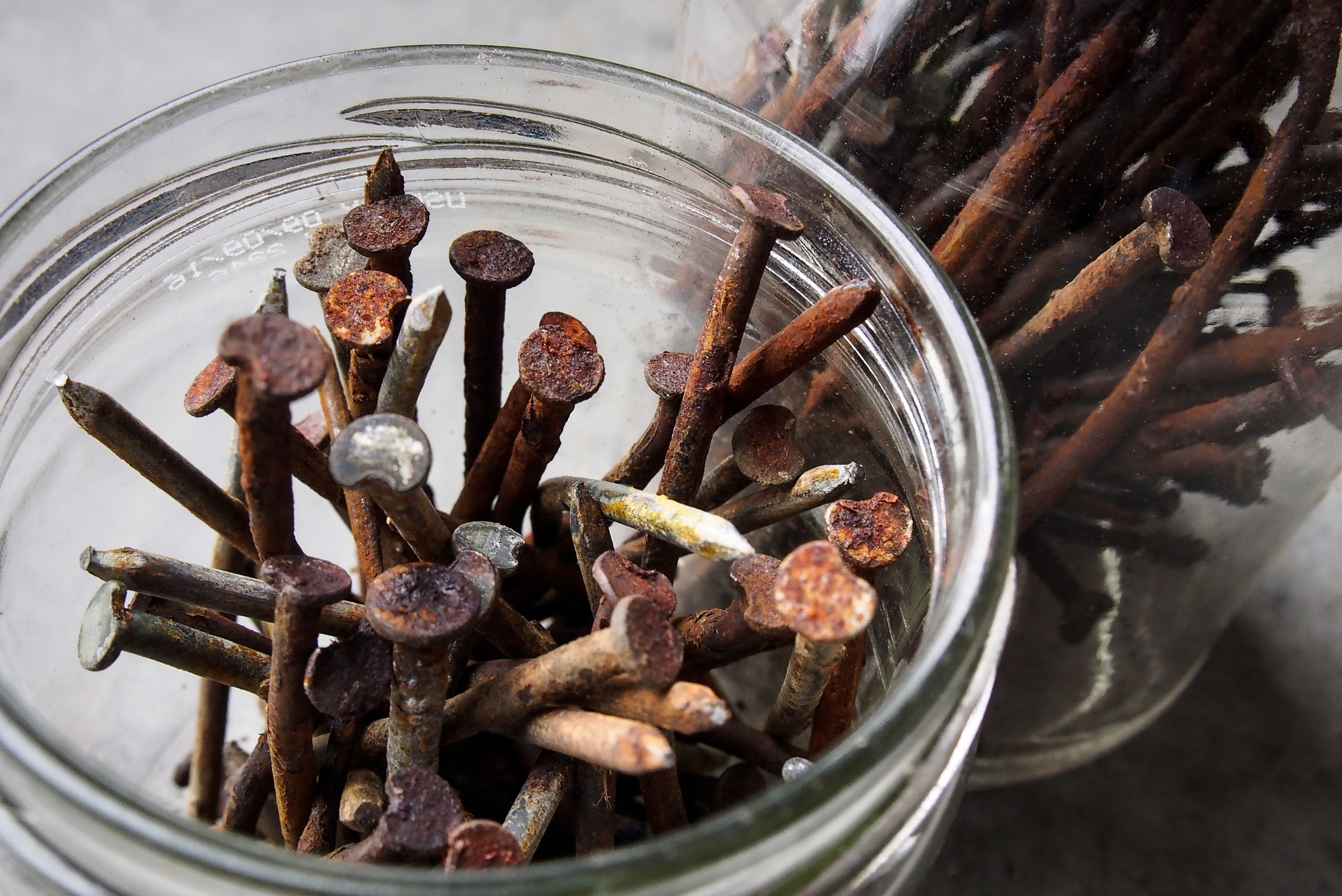
2. Use Old T-Shirts as Cleaning Rags
Instead of discarding worn-out t-shirts, cut them into squares to use as cleaning rags. They’re ideal for dusting, polishing, or wiping up spills. Unlike paper towels, these rags are washable and reusable, making them a more sustainable option for your household cleaning needs.
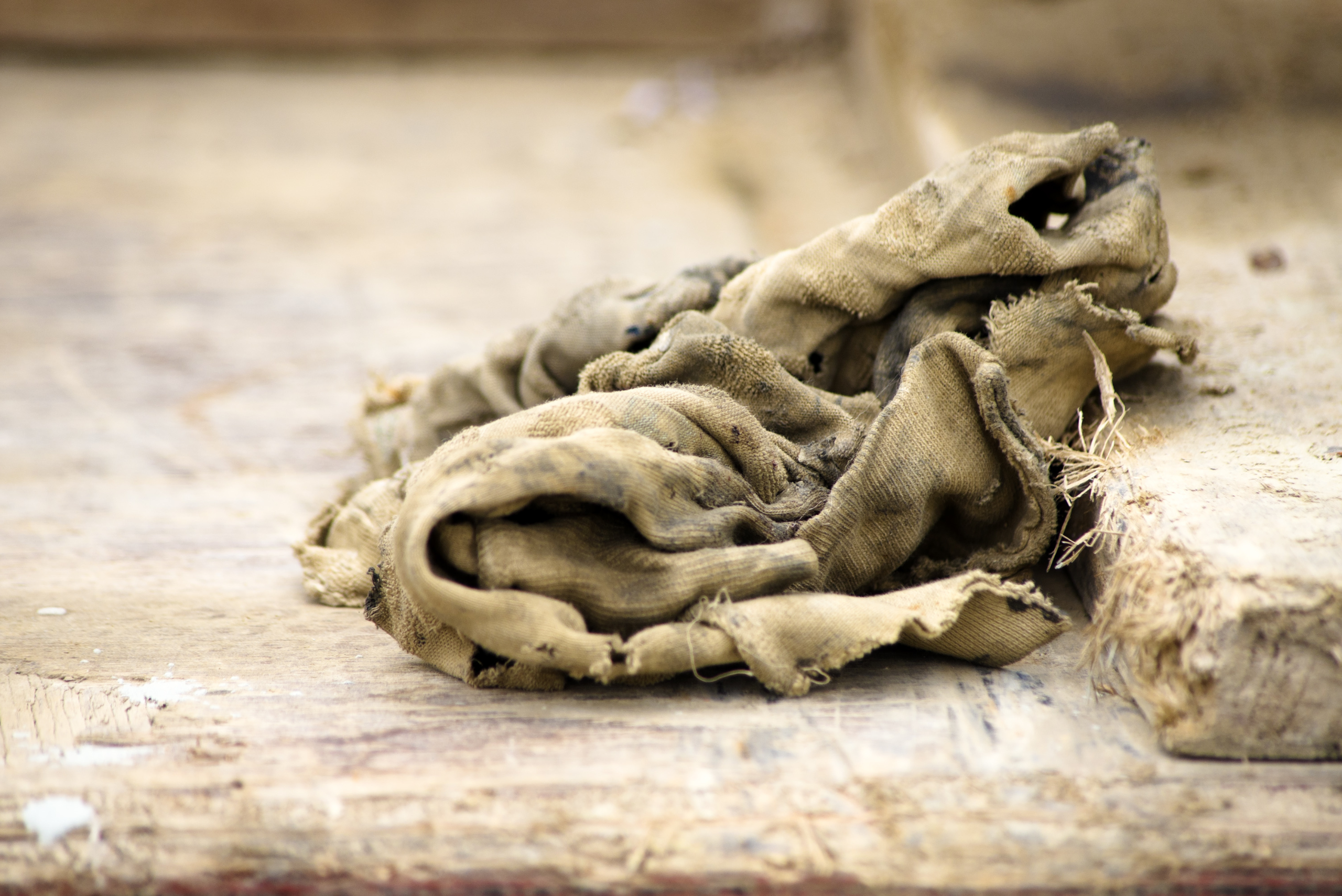
3. Transform Wine Corks Into Coasters
Wine corks can be turned into functional and attractive coasters. Simply slice them into even pieces and glue them together in a circular or square pattern. These cork coasters are not only durable but also add a rustic charm to your home decor.
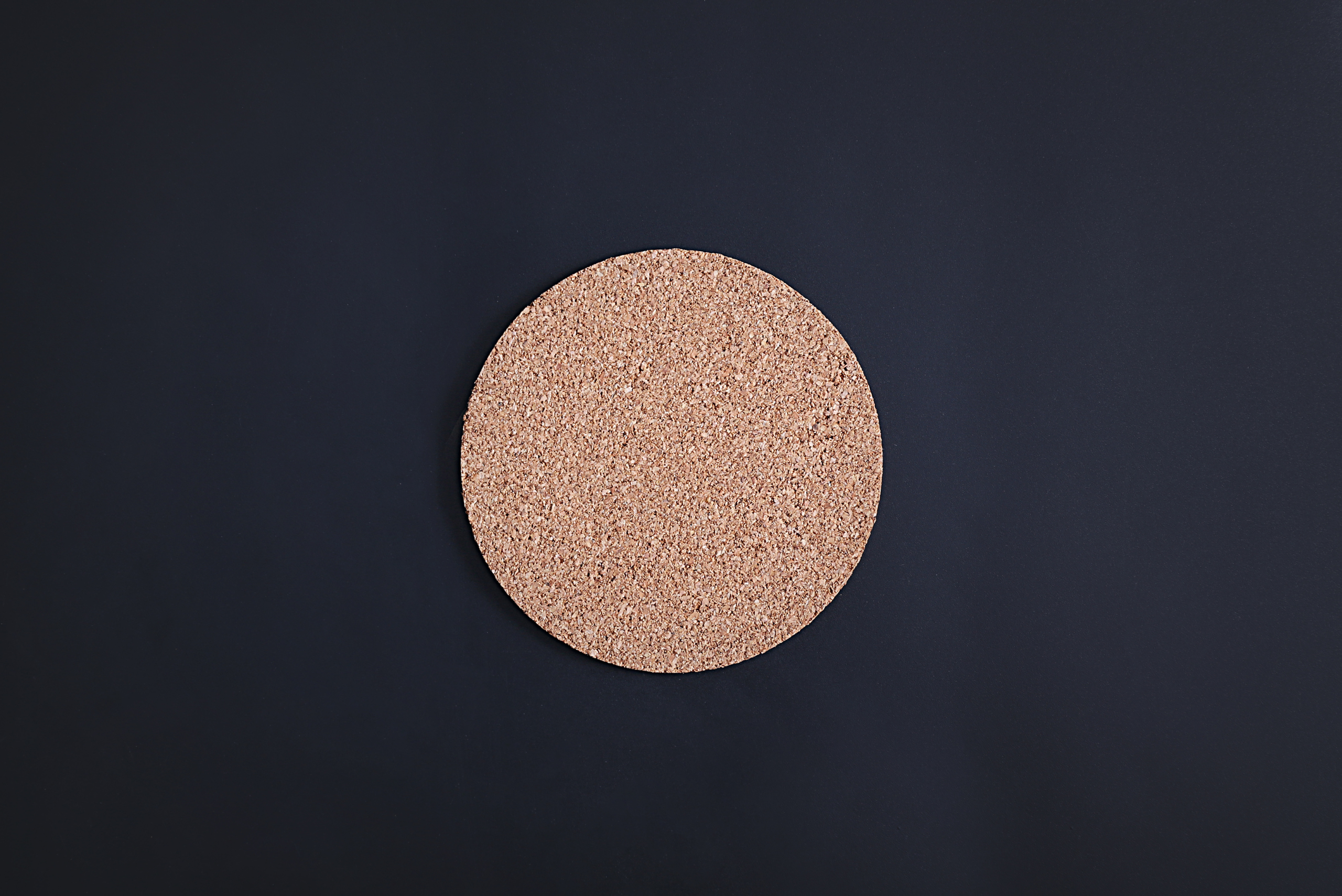
4. Use Egg Cartons for Seed Starters
Egg cartons make excellent seed starters for your garden. Fill each compartment with soil and plant your seeds. Once the seedlings are ready, you can transfer them to larger pots or directly into your garden. If the cartons are biodegradable, you can plant them directly into the soil, reducing transplant shock for your plants.
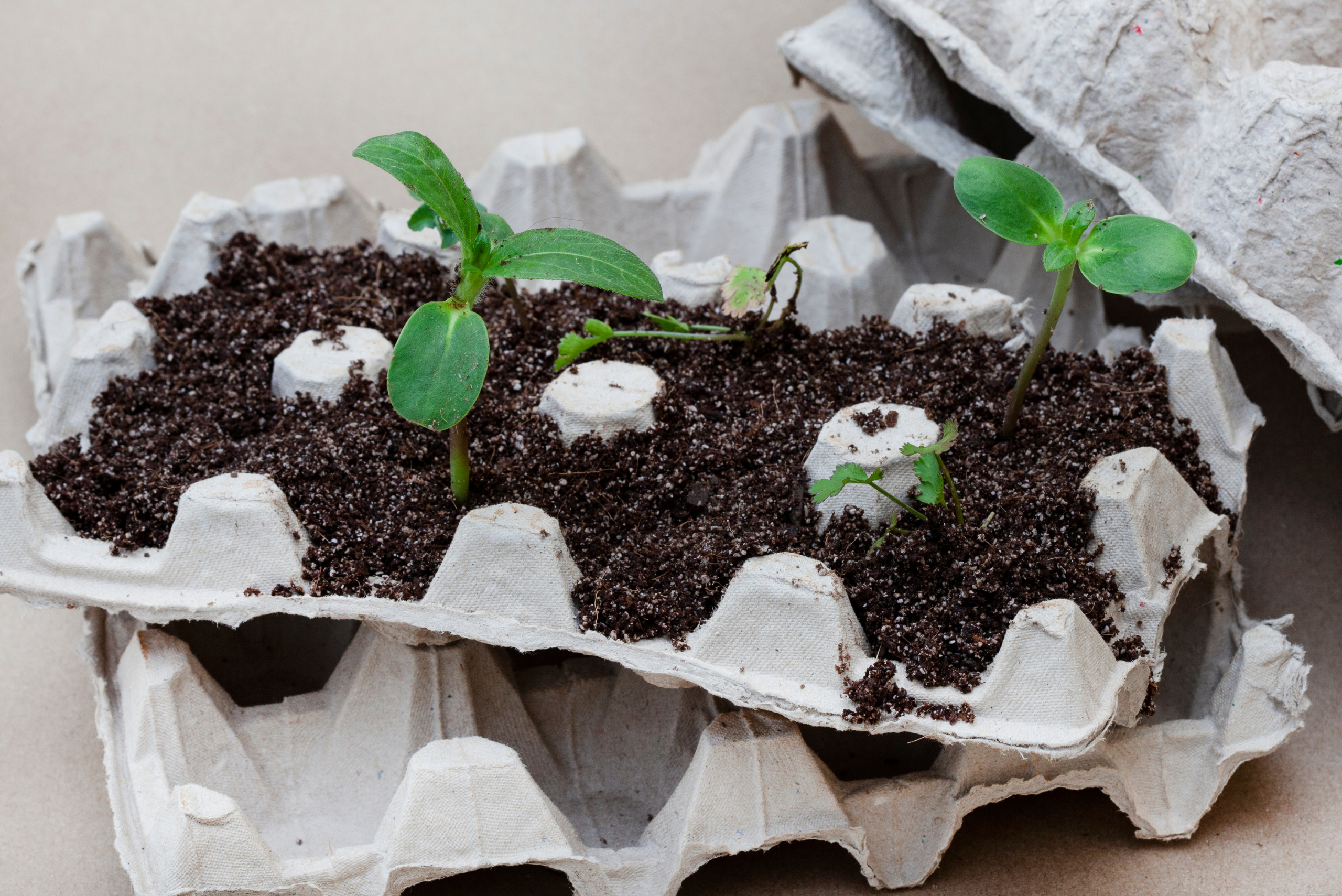
5. Turn Tin Cans into Planters
Tin cans can be upcycled into unique planters for herbs, flowers, or succulents. Remove the labels, paint or decorate the cans, and add drainage holes at the bottom. These DIY planters are a charming addition to your windowsill or patio and a great way to recycle.
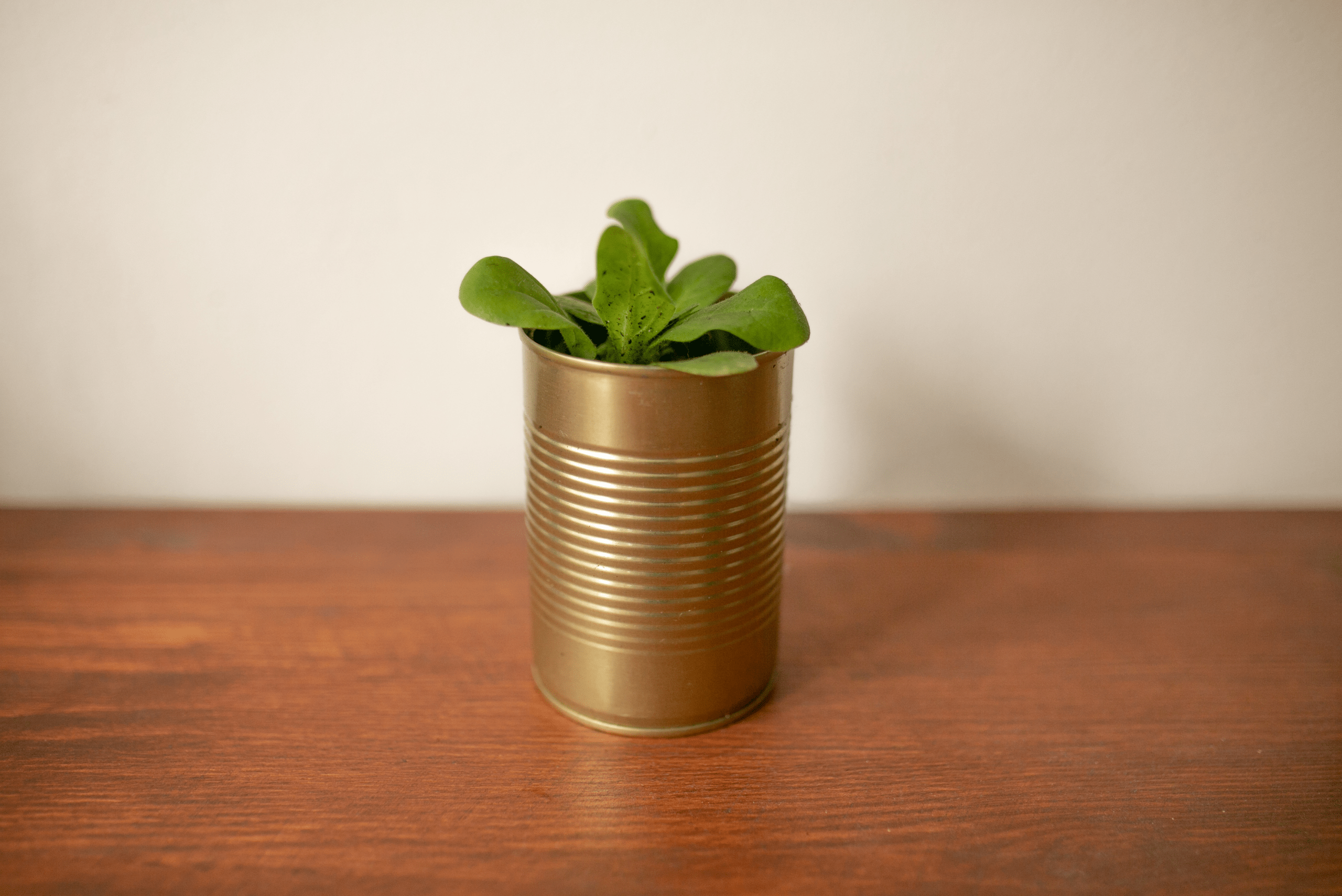
6. Make Greeting Cards from Scrap Paper
Scrap paper, old magazines, or leftover wrapping paper can be used to create handmade greeting cards. Add personal touches with drawings, stamps, or embellishments. Handmade cards are more heartfelt and environmentally friendly than store-bought options.
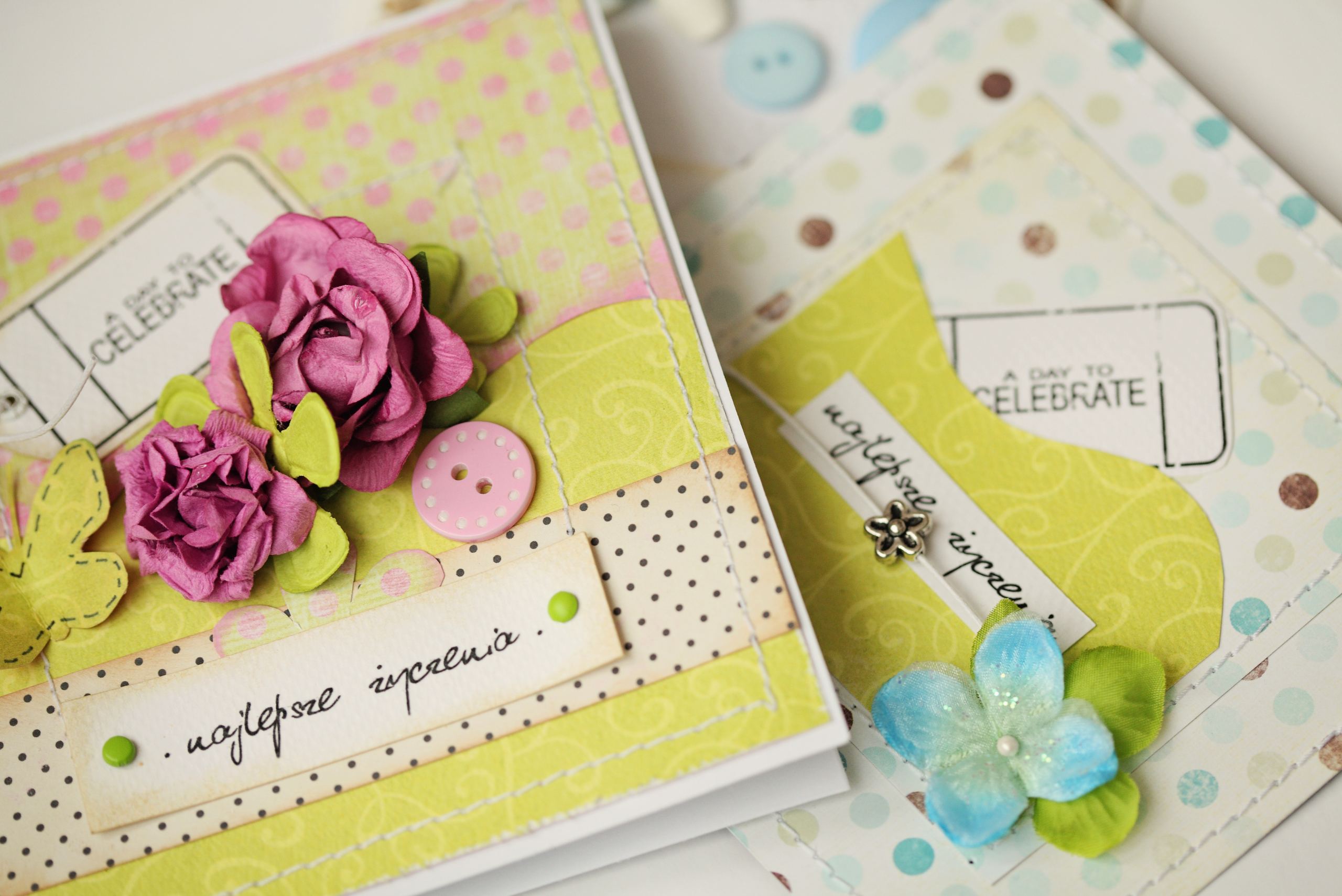
7. Repurpose Plastic Containers for Crafts
Plastic containers from yogurt or butter can be reused for craft projects or as storage for small items like beads, screws, or buttons. Decorate the containers to match your style, and they’ll double as functional and attractive storage solutions.
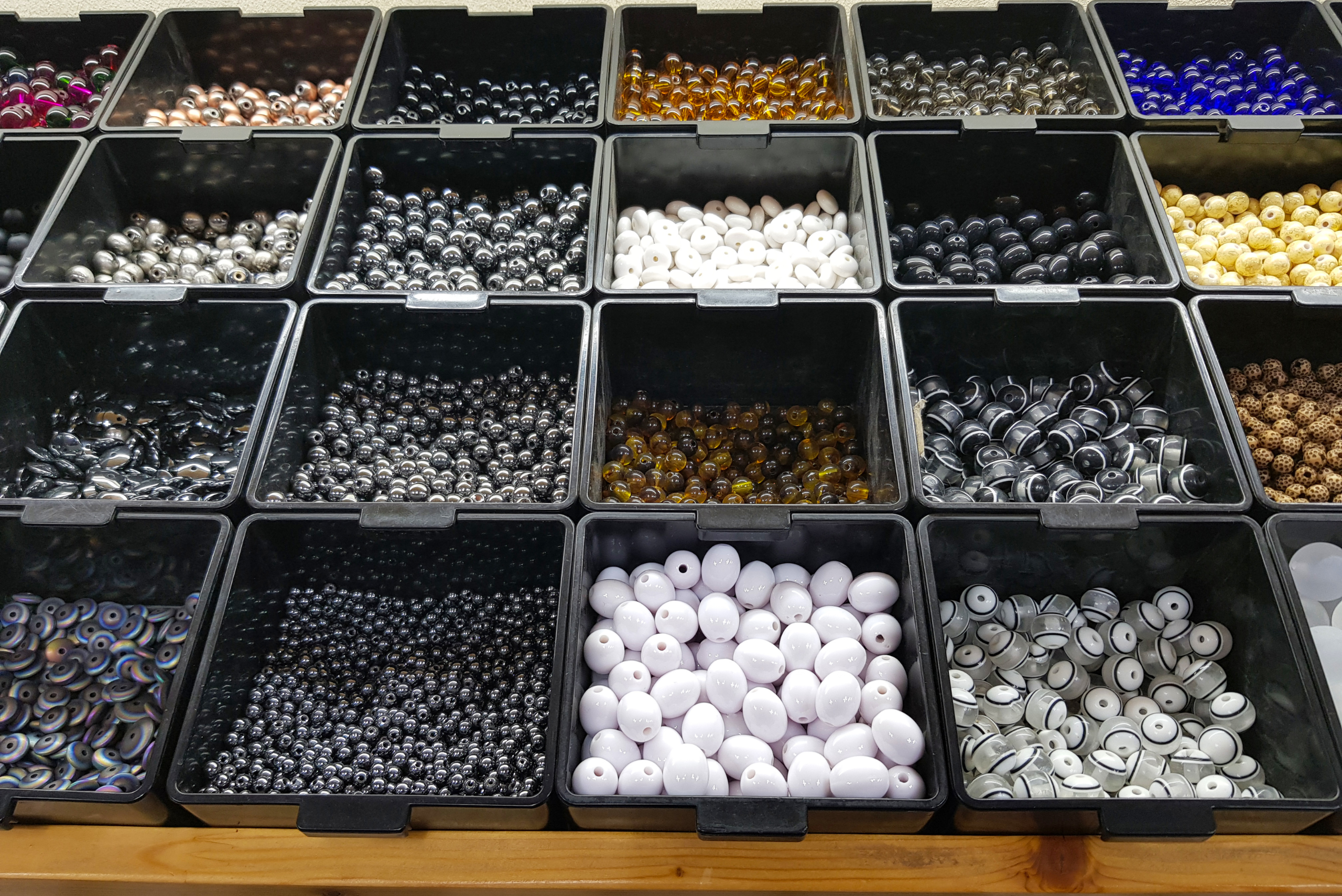
8. Use Broken Dishes for Mosaic Art
Instead of discarding broken dishes, use the pieces to create mosaic art. These can be used to decorate tables, picture frames, or stepping stones for your garden. This creative reuse not only saves materials but also results in one-of-a-kind art pieces.
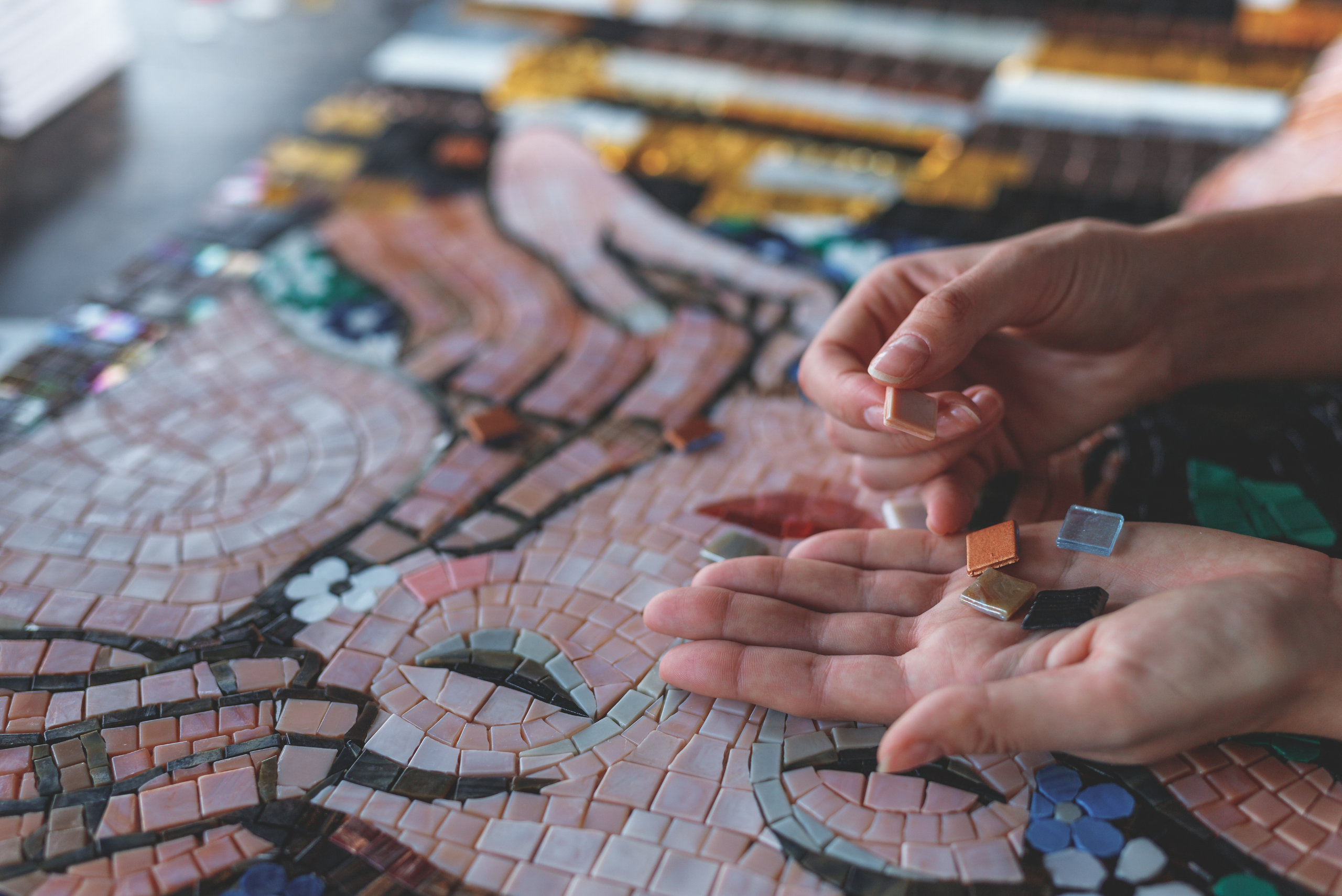
9. Save Coffee Grounds for Gardening
Used coffee grounds are a fantastic addition to your garden. They can enrich soil, deter pests, and even be used in compost. Spread the grounds around plants that thrive in acidic soil, such as roses or blueberries, for a natural nutrient boost.
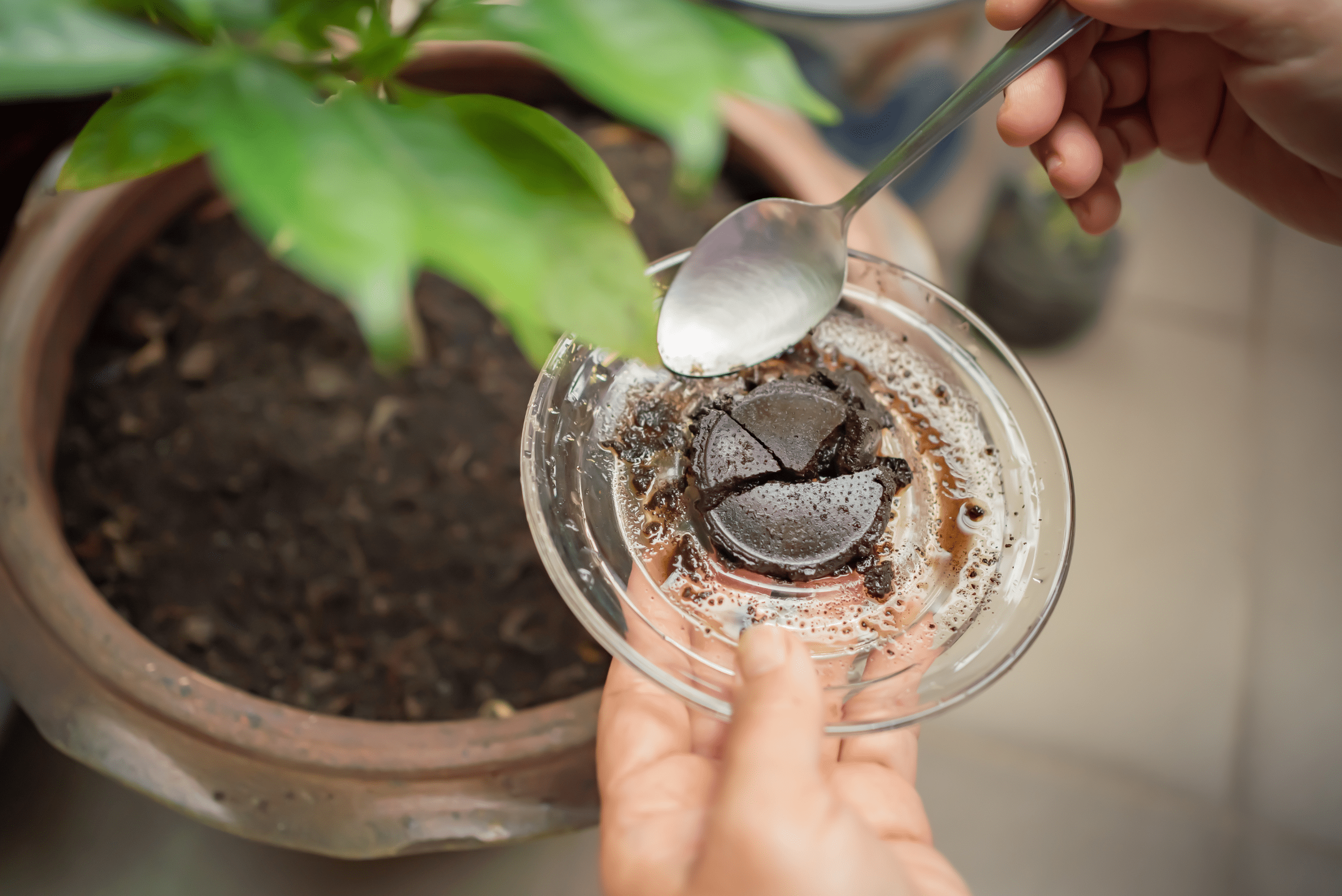
Related Articles
- 5 Wine Bottle Crafts to Repurpose Your Holiday Bottles
- How to: Repurpose an Old Office Cart into a DIY Rolling Bar Cart
- 7 Creative Ways to Repurpose Fallen Leaves
Reusing items you typically toss is a simple and rewarding way to reduce waste and live more sustainably. From glass jars to coffee grounds, these creative ideas demonstrate how everyday objects can find a second life. Start incorporating these practices into your routine, and you’ll not only help the environment but also discover new ways to save money and express your creativity.

